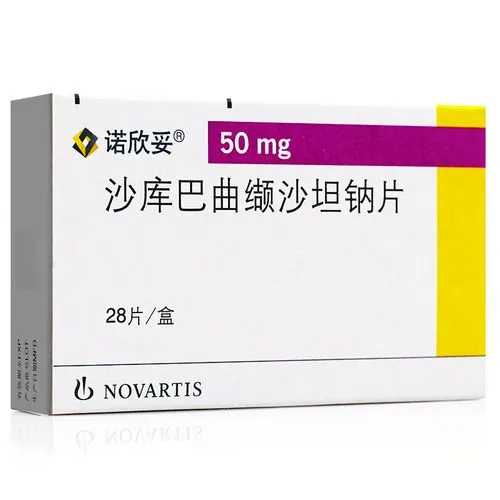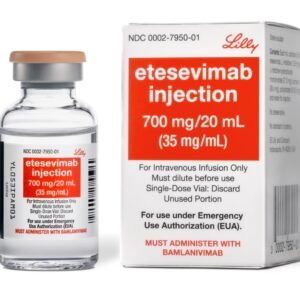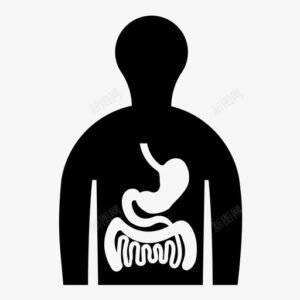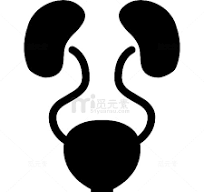Sacubitril Valsartan Sodium Tablets.
Sacubitril valsartan sodium tablets are a type of antihypertensive drug. They are used for adult patients with chronic heart failure with reduced ejection fraction.
This product may cause fetal harm when used by pregnant women. When pregnancy is discovered, alternative drug treatment should be considered and this product should be discontinued.
If angioedema occurs during the use of this drug, this product should be discontinued immediately, appropriate treatment should be given, and respiratory tract involvement should be monitored… Details
Sacubitril valsartan sodium tablets comprehensive interpretation
Effects:
This product is used for chronic heart failure.
Dosage and administration:
This product can be taken with food or on an empty stomach. Due to the potential risk of angioedema when used in combination with ACE inhibitors, this product is prohibited from being used in combination with ACEI. If switching from ACEI to this product, this product must be started at least 36 hours after stopping ACE inhibitor treatment. The recommended starting dose of this product is 100 mg each time, twice a day. In patients who are not currently taking ACEI or angiotensin II receptor antagonists (ARBs) or patients taking low doses of these drugs, there is limited experience with medication, and the recommended starting dose of this product is 50 mg twice a day. Depending on the patient’s tolerance, the dose of this product should be doubled every 2 to 4 weeks until the target maintenance dose of 200 mg twice a day is reached. Patients with blood potassium levels >5.4mmol/l should not be given this product for treatment. Patients with SBP <100mmHg should be cautious when starting this product and pay attention to monitoring blood pressure changes. For patients with 100mmHg≤SBP to 110mmHg, a starting dose of 50mg twice a day should be considered. If the patient is intolerant to this product (systolic blood pressure ≤95mmHg, symptomatic hypotension, hyperkalemia, renal impairment), it is recommended to adjust the combined medication, temporarily reduce the dose of this product or stop using this product. This product has the activity of antagonizing angiotensin II receptors, so it should not be used in combination with ARB. Special population Patients with renal impairment: Patients with mild renal impairment (eGFR60~90 mL/min/1.73m) do not need to adjust the starting dose. Patients with moderate renal impairment (eGFR30-60mL/min/1.73m) should consider a starting dose of 50 mg twice a day. Since the experience of using this product in patients with severe renal impairment (eGFR <30ml/min/1.73m) is very limited, this product should be used with caution in such patients, and the recommended starting dose is 50 mg twice a day. There is no experience of use in patients with end-stage renal disease, so this product is not recommended for such patients. Hepatic impairment: Patients with mild hepatic impairment (Child-Pugh A grade) do not need to adjust the starting dose. The recommended starting dose for patients with moderate hepatic impairment (Child-Pugh B grade) is 50 mg twice a day. If the patient can tolerate it, the dose of this product can be doubled every 2 to 4 weeks until the target maintenance dose of 200 mg twice a day is reached. This product is not recommended for patients with severe hepatic impairment (Child-Pugh C grade). Elderly patients (over 65 years old) Patients over 65 years old do not need to adjust the dose. The same medicine produced by different manufacturers may have inconsistent instructions. If you find inconsistencies in the instructions before taking the medicine, please consult a doctor or pharmacist in time.
Drug contraindications:
Contraindicated during pregnancy, contraindicated during lactation, contraindicated for allergies to this product, contraindicated for liver function damage, contraindicated for kidney function damage, use with caution
Share:
Products
Our offers
Health Classification
Let us work together to protect precious health
































